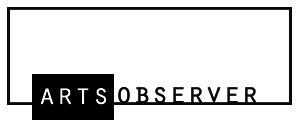WASHINGTON, DC—The Smithsonian is exhibiting two major works by Chinese dissident artist Ai Weiwei whose yearlong probation imposed by the Chinese government ended yesterday.
At the Arthur M. Sackler Gallery, “Perspectives: Ai WeiWei” features “Fragments,” an abstract creation composed of wood salvaged from Qing dynasty (1644-1911) temples. A beautiful puzzle of joints and beams with intricate carvings reflecting their spiritual origins, Ai calls the work an “irrational structure.” When it is viewed from above it resembles the outline of the map of China.
The artist’s “Circle of Animals/Zodiac Heads” is on view outside the Hirshhorn Museum. The Hirshhorn describes the animal heads as follows: “Re-envisioned and enlarged versions of the original eighteenth-century heads that were designed during the Qing dynasty for the fountain-clock of the Yuanming Yuan [Garden of Perfect Brightness], an imperial retreat outside Beijing, and which were pillaged in 1860 by invading Europeans.”
The bronze Zodiac Heads have been exhibited in six cities around the world including London, Los Angeles and Taipei. At the end of last year, smaller gold-plated versions of the animal heads were exhibited for the first time at Paul Kasmin Gallery in New York.
Circle of Animals/Zodiac Heads is on view at the Hirshhorn Museum from April 19 to Feb. 24, 2013, and “Perspectives: Ai Weiwei” is on view from May 12, 2012 to April 7, 2013 at the Sackler Gallery, both are a part of the Smithsonian Institution.
All photos by Arts Observer
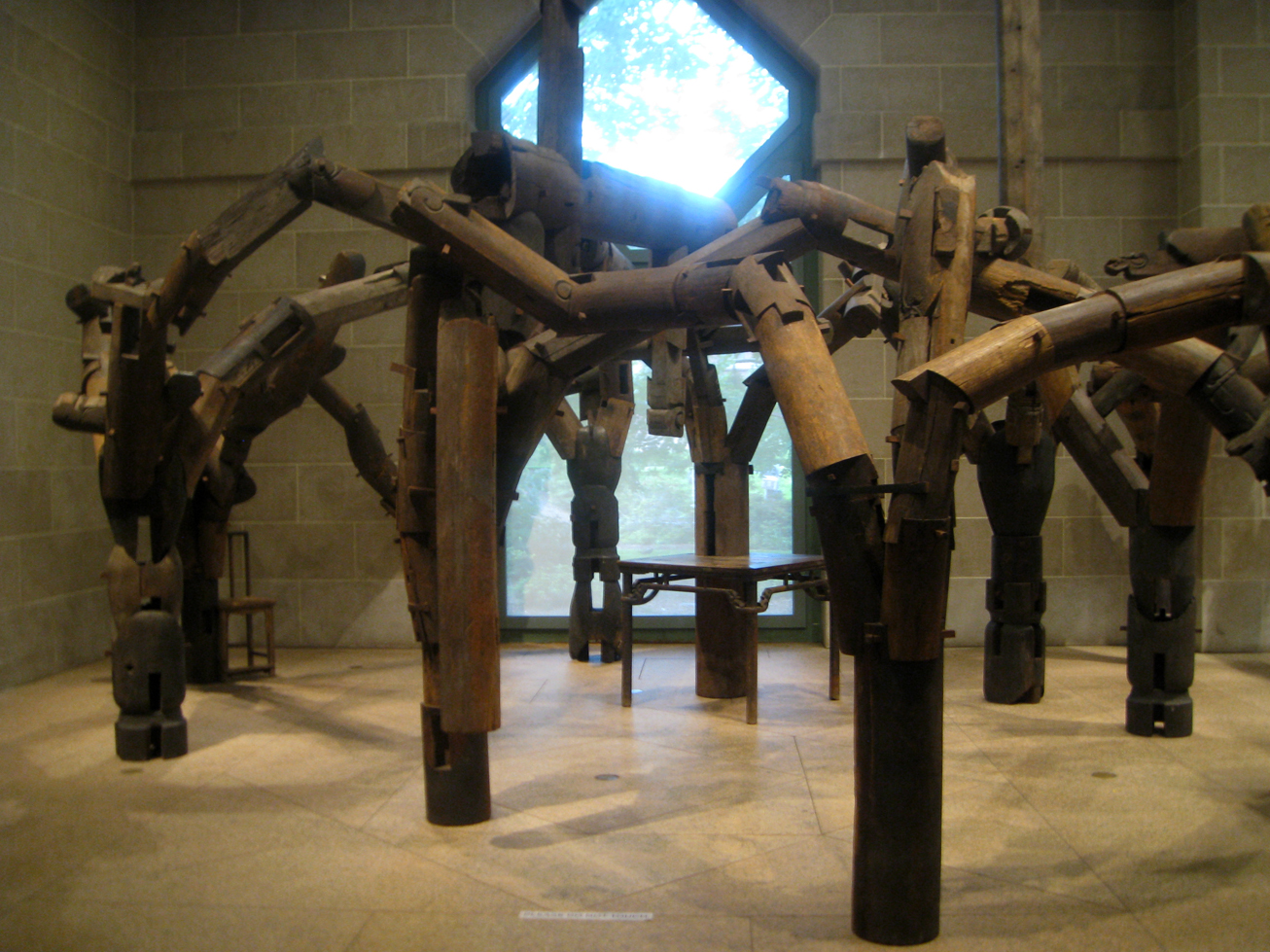
At the Sackler Gallery: “Fragments,” 2005 (ironwood (tieli), tables, chairs, parts of beams, and pillars from dismantled temples of the Qing dynasty). Watch time-lapse video of the installation.
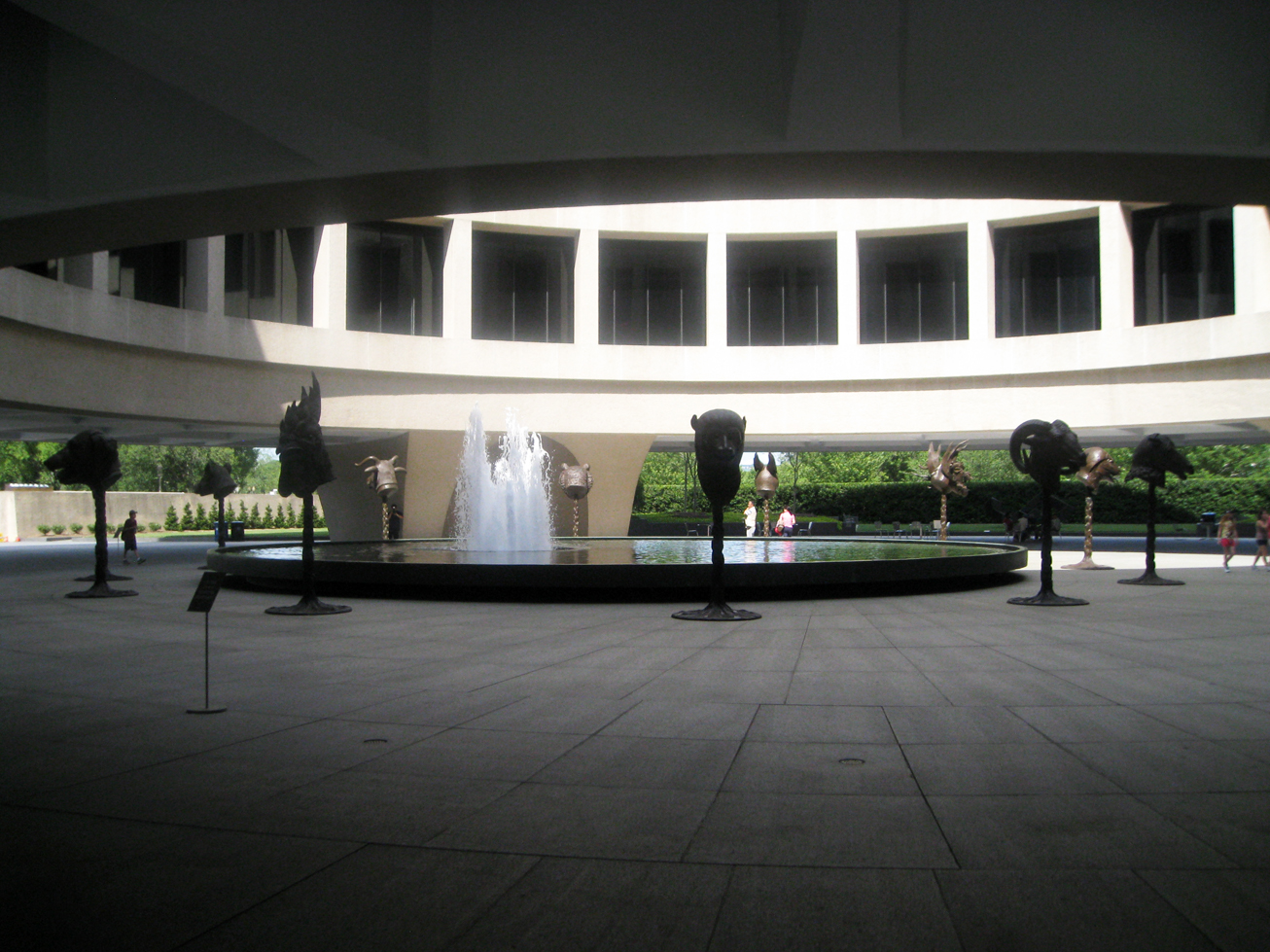
Installation view of “Circle of Animals/Zodiac Heads, 2010 (bronze) at the Hirshhorn Museum.
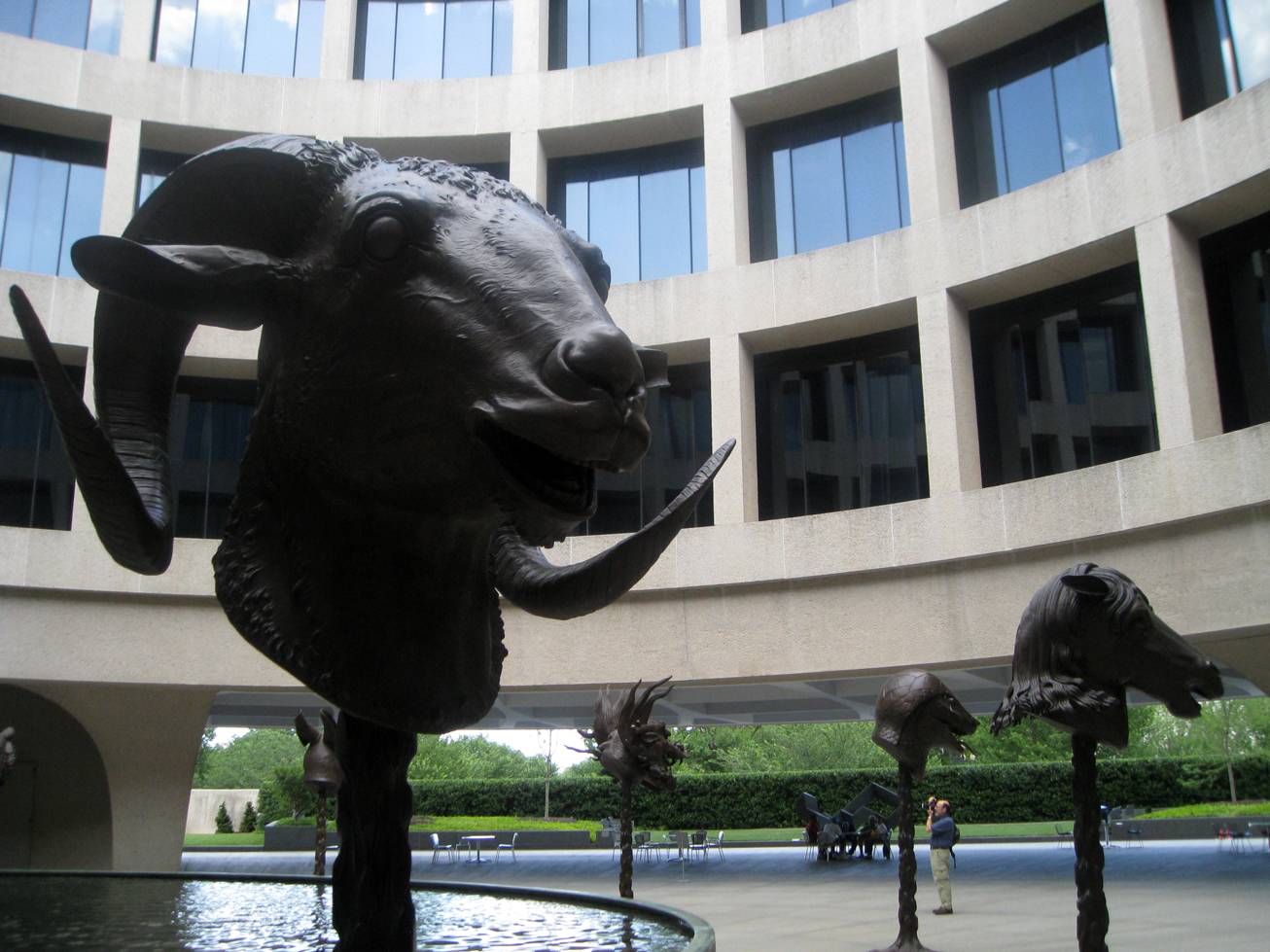
The dozen sculptures stand approximately 10 feet high.

Watch a video of Ai Weiwei discussing the Circle of Animals/Zodiac Heads project.
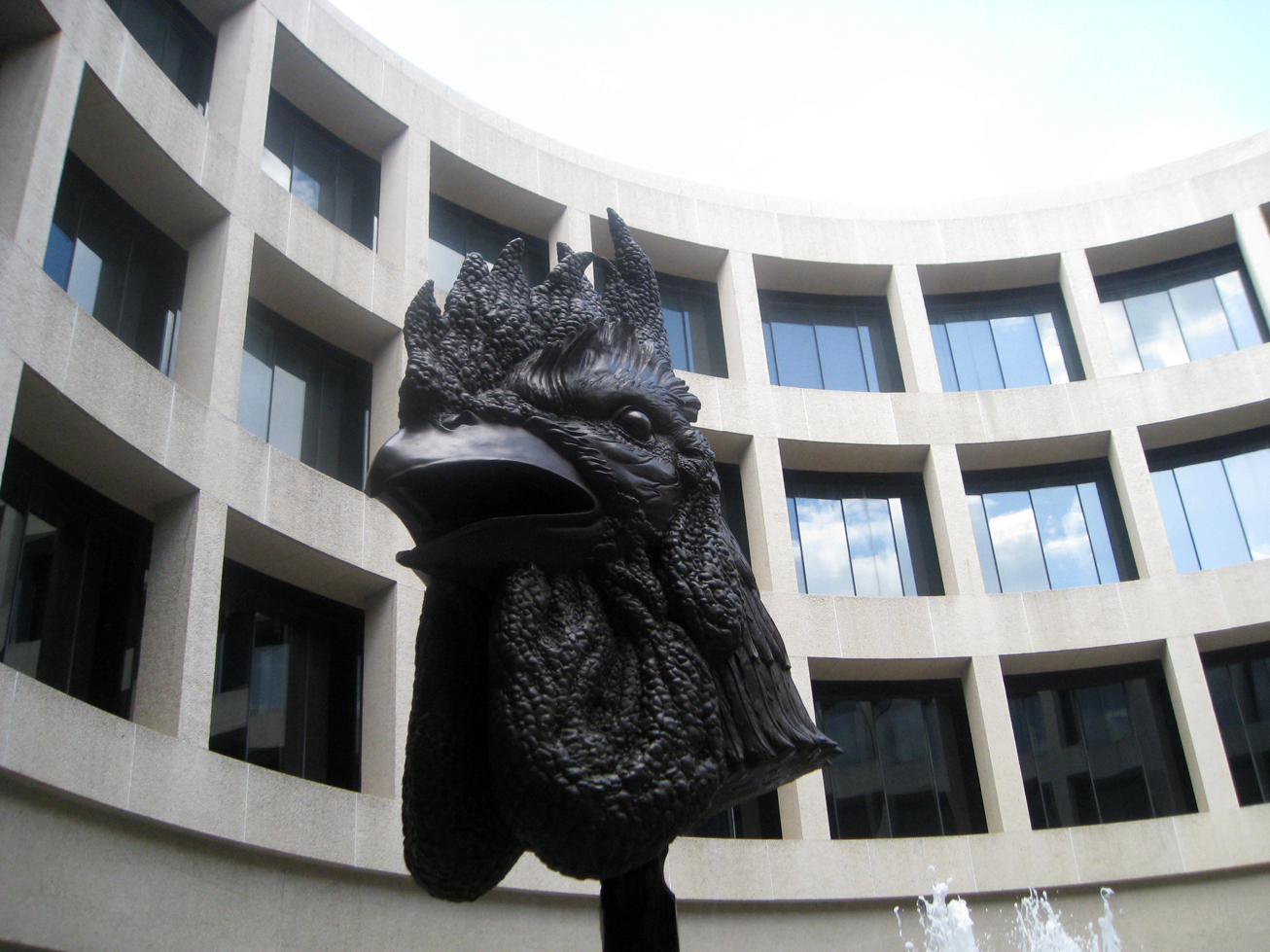
The animal heads are installed on an north, south, east and west axis to correspond to the astrological position of the signs of the Chinese zodiac.
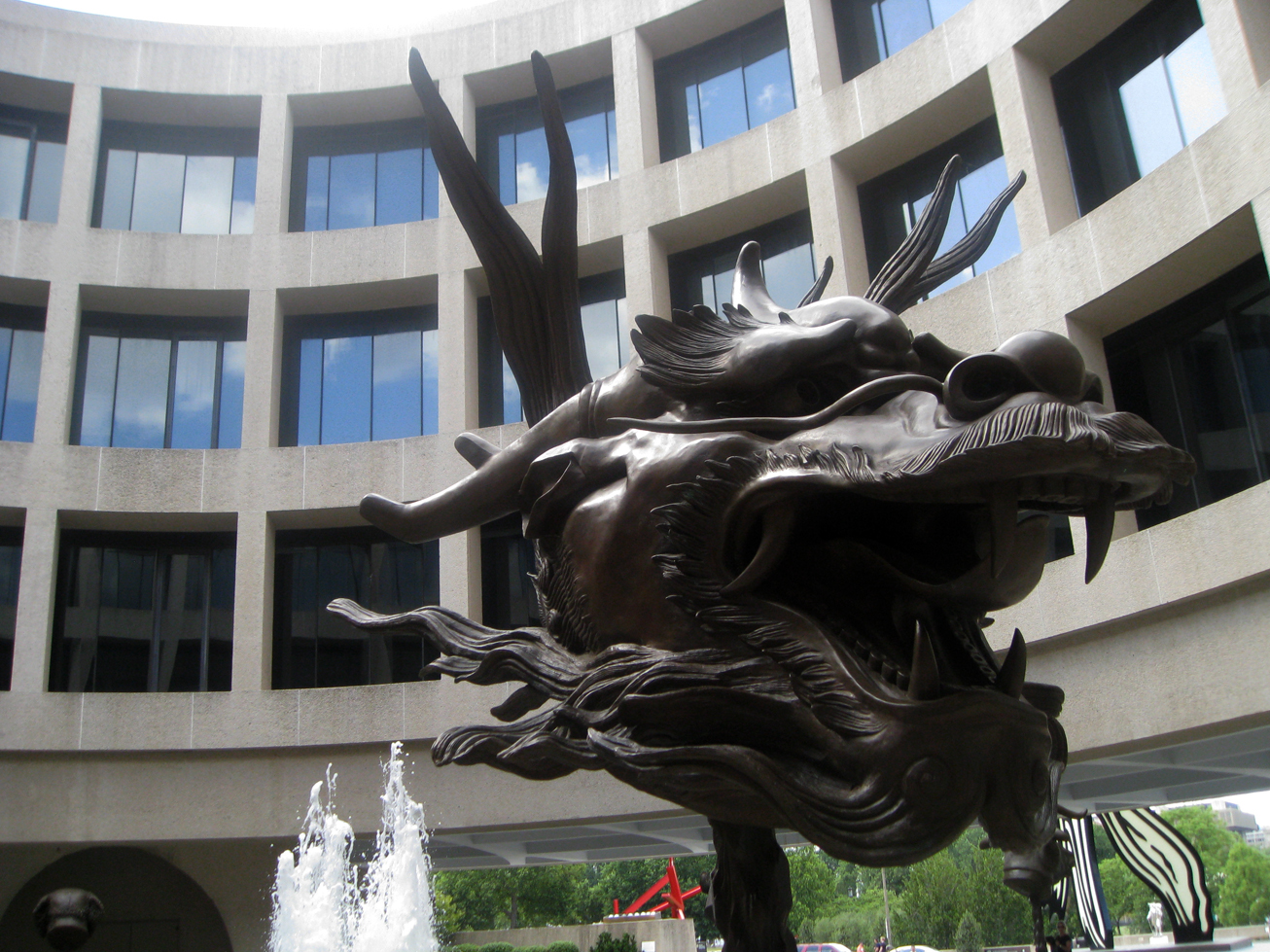
The installation includes 11 real life animals and one mythical creature, a dragon (shown above).
